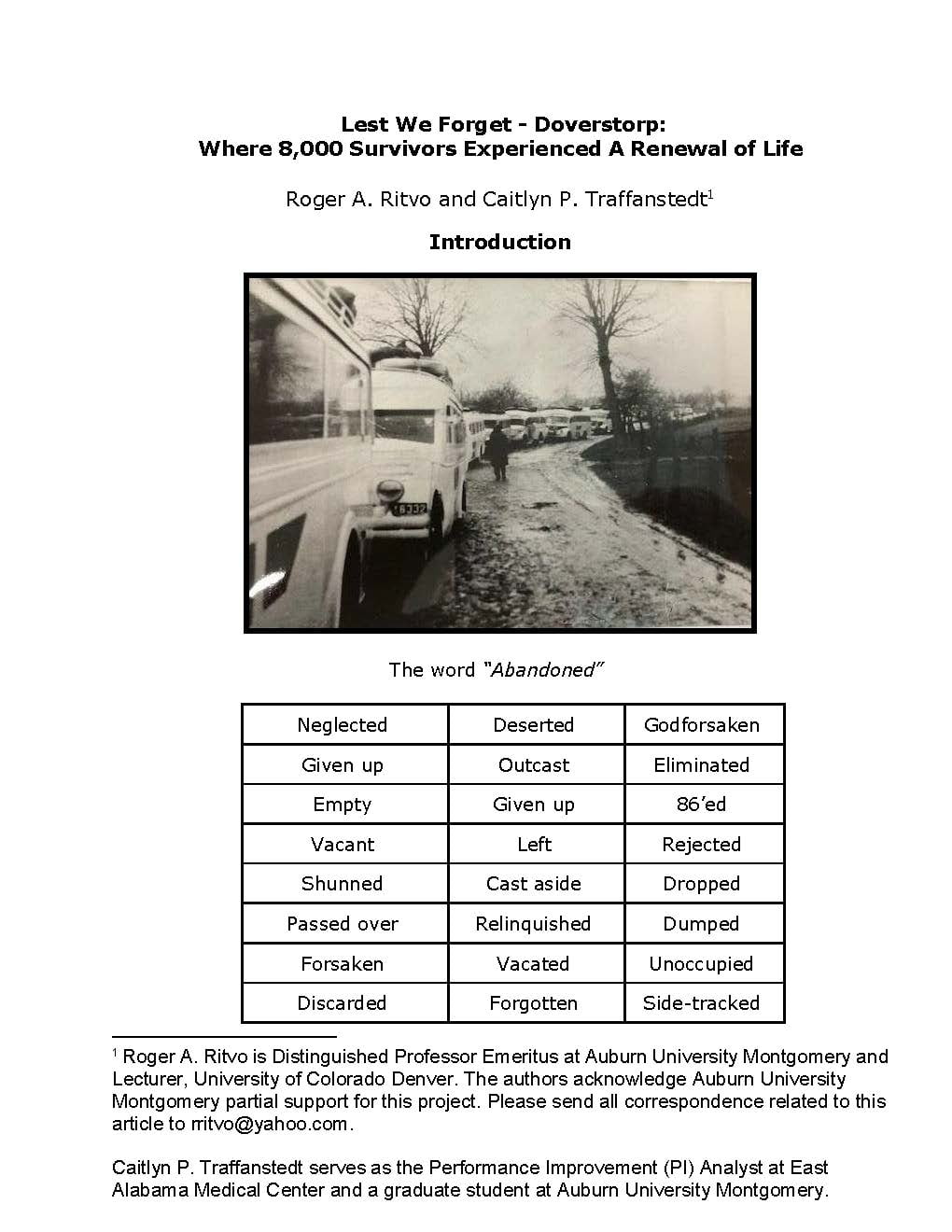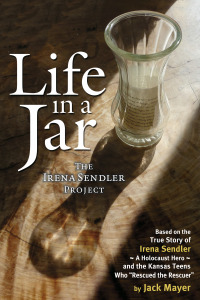
This photograph (3) above shows the first platoon of the Swedish Red Cross detachment before a trip into Germany.

Swedish Red Cross detachment before a trip into Germany
;3 From Swedish Red Cross files at the Swedish National Archives; used with permission. https://riksarkivet.se/

Former prisoner’s memory of this journey to Sweden

Former Prisoners from Dachau on the road to freedom. (4)
4 From Swedish Red Cross files at the Swedish National Archives; used with permission. https://riksarkivet.se/
How did these survivors recall their experiences?
One must respect the choices survivors of any tragedy make about their lives. It is not our place to judge. Eva Katz Brettler succinctly recalled that:
“During her husband’s lifetime, (she) talked rarely about her wartime experiences.
“[Her husband] Marten always said that we shouldn’t talk about what happened “
then” to us during the war so that we won’t raise our children [‘now”] on these stories.”5Victoria Martinez’s scholarly analysis of life in Sweden’s Oreryd resettlement camp documents the reality that many of these former prisoners suffered what we now know are Post-Traumatic Stress reactions. What could have triggered these?
These resettlement camps had fences, barbed-wire, living in barracks, almost no privacy, having to deal with authorities who spoke a different language, communal meals, theft and dozens of other trigger actions.
For people just on the verge of understanding where they are and where they have been, these became huge impediments to recovery.6
History can be lost and distorted unless it is recorded and documented.
In 1945-46, just a few months after the liberated prisoners arrived in Sweden, leaders at the Polish Research Institute in Lund knew that contemporaneous documentation of survivors’ wartime experiences is useful so that (a) their biographies are not lost and (b) these interviews can be used in war crimes tribunals and other legal proceedings, if done appropriately.
A Lund University lecturer in Polish, Zygmunt Lakocinski (1905-1987), was more than a friendly face; he spoke Polish, knew their culture, traditions and language.
Lakocinski enlisted the assistance of nine former prisoners to complete 512 structured interviews in 1945-46. There are over 20,000 pages of original notes, mostly in chronological order with interviewer comments and footnotes when memories may have differed from known events.
Remember, these former prisoners lived under unimaginable conditions and stress. The interviewer and the survivor reviewed and signed these documents.
5 https://jewishjournal.com/news/california/132048/#.U-2vSstcnZc.email Accessed September 5, 2022.
6 Martinez, Victoria Van Orden. “Shaping ongoing survival in a Swedish refugee camp: A refugee- centred history of Jewish and non-Jewish survivors of Nazi persecution in Sweden.” Nordisk judaistik/Scandinavian Jewish Studies, 2022. 33:1, 19-36.







